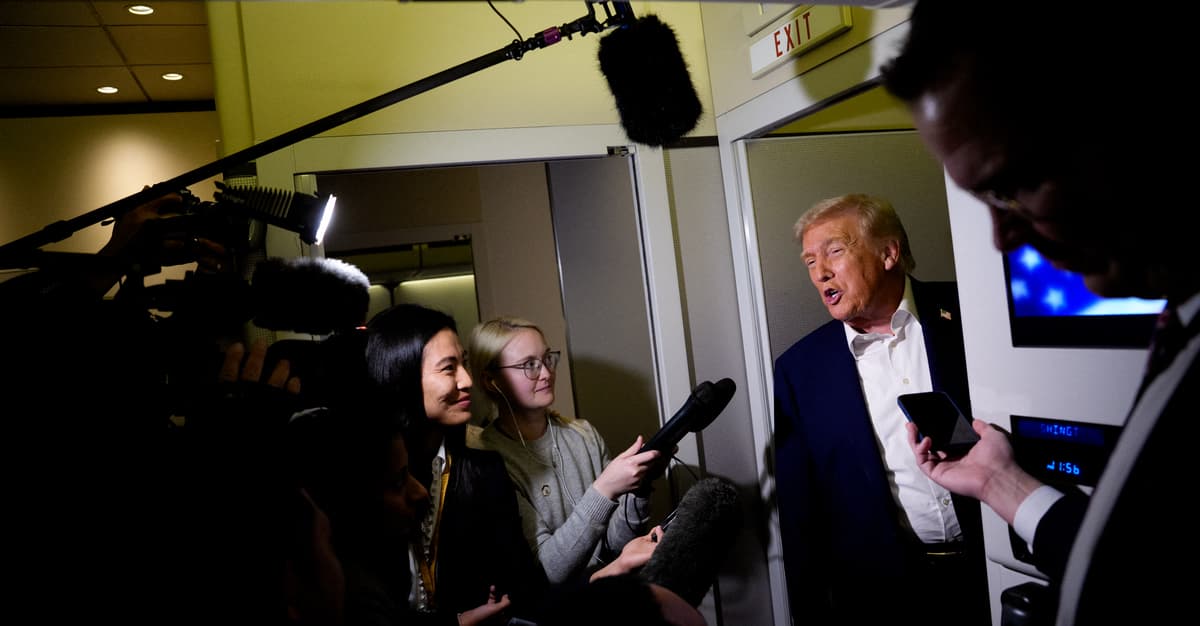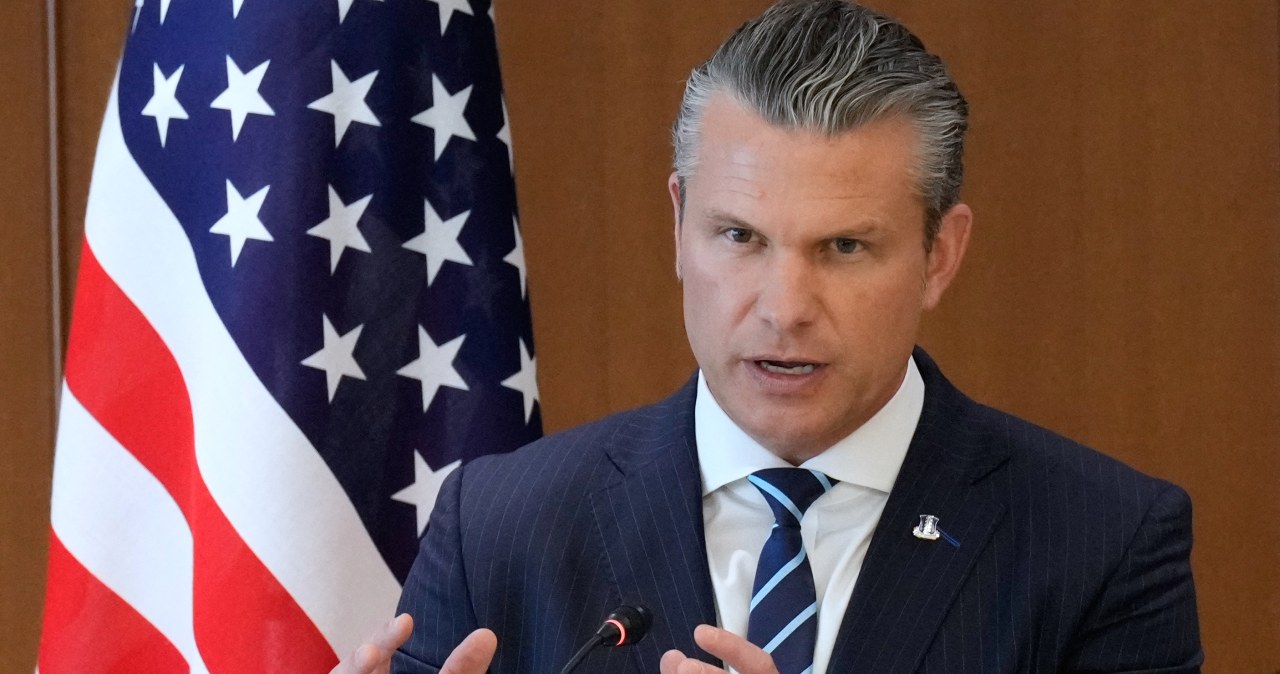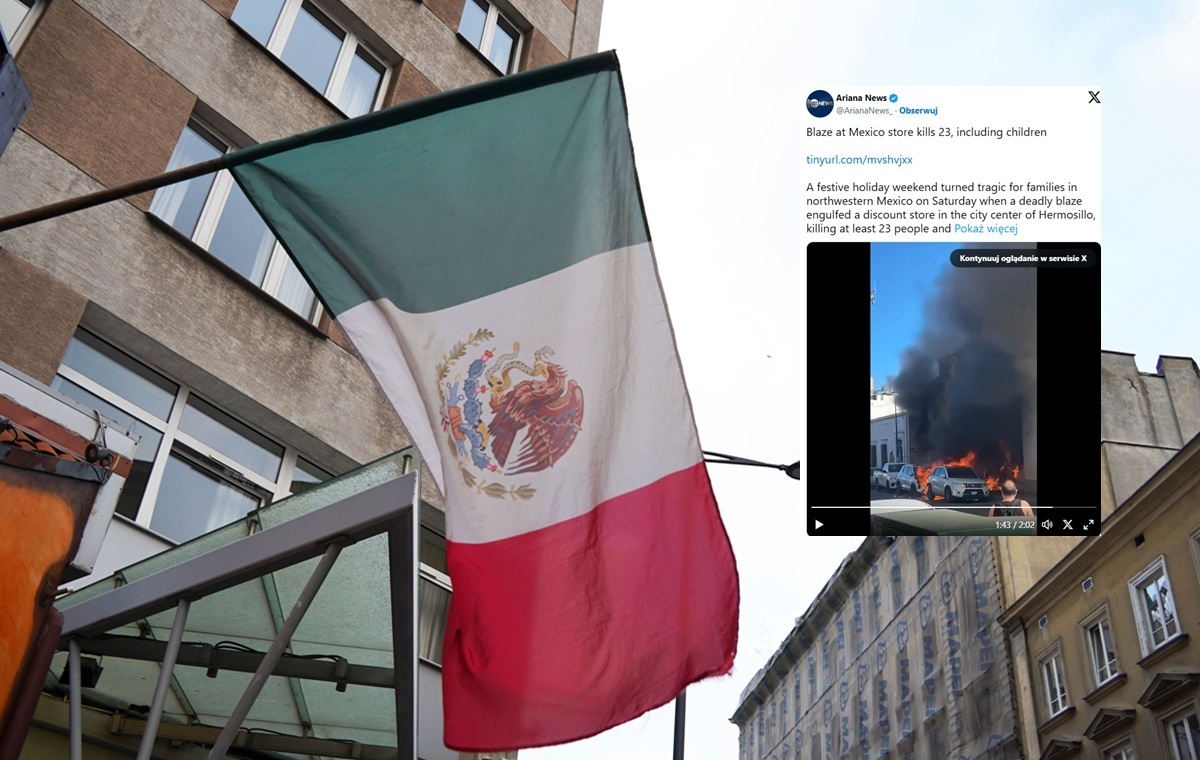
Central Bank Gold Buying Through First Half Of 2024 Sets Record
Authored by Mike Maharrey via Money Metals,
Despite central bank gold buying slowing moderately in the second quarter, it set a record through the first half of 2024.

Central banks globally added a net 483 tons of gold through the first six months of the year, 5 percent above the record of 460 tons in H1 2023.
In the second quarter, central bank gold demand totaled 183 tons, according to the latest data compiled by the World Gold Council. That was up 6 percent year-on-year, but about 39 percent lower than the Q1 buying pace.
With gold at or near record price levels in most currencies, it’s unsurprising that central bank buying slowed in the second quarter.
China primarily drove the Q2 slowdown in central bank demand. The People’s Bank of China reported no additions to its gold reserves in May or June and only officially added 2 tons in April.
Prior to the pause in May, China had increased its gold holding for 18 straight months.
Many analysts believed the Chinese paused officially adding gold to their reserves in an effort to push gold prices lower.
When the Chinese reported no changes to their official reserves in May, it precipitated a panicked gold selloff. Despite the kneejerk reaction, it seems unlikely that the Chinese are finished adding gold to their reserves. There is also some speculation that China is adding a significant amount of gold to its reserves off the books.
Even with the pause, China still added nearly 30 tons of gold to its reserves through the first half of 2024.
Turkey was the biggest buyer through the first half of the year, adding 45 tons to its gold hoard. The bulk of its buying was in Q1, with the pace slowing to 15 tons in the second quarter.
The Turkish central bank has bought gold for 12 straight months after liquidating 160 tons of gold in the spring of 2023.
India ranks as the second-biggest gold buyer through the first half of the year. The Reserve Bank of India has added gold to its reserves every month this year totaling 37 tons.
In 2022, the Indian central bank added 33 tons of gold to its reserves followed by a 16-ton increase last year.
The Reserve Bank of India has been buying gold since 2017. Over that period, the RBI has increased its gold holding by over 260 tons.
An Indian economist told the Times of India that the push to accumulate gold was based on both political and economic reasons. He said that the „reliability” of the U.S. dollar has „diminished.” He noted the „noticeable decline” in the confidence in U.S. dollar assets.
Another economist told the Times, “It makes a lot of sense (to invest in gold), given the increased volatility in the FX market, elevated interest rates in the U.S., and, of course, also as the central banks in each economy would like to diversify the asset classes in which they are parking their reserves.”
India recently transported 100 tons of its gold from the UK back into India.
Poland was the biggest gold buyer in the second quarter, increasing its holding by 19 tons. The country currently holds about 13 percent of its reserves in gold. At a news conference in early June, National Bank of Poland Governor Adam Glapiński reiterated his plan to increase gold’s share of total reserves to 20 percent.
Poland was the second-biggest gold buyer in 2023. The Polish central bank bought 130 tons of gold last year, increasing its holdings by 57 percent, to 359 tons.
In 2021, Glapiński announced a plan to expand the country’s gold reserves by 100 tons. The central bank reached that goal in September of ’23 and kept buying.
When he announced the plan to expand its gold reserves, Glapiński said holding gold was a matter of financial security and stability.
„Gold will retain its value even when someone cuts off the power to the global financial system, destroying traditional assets based on electronic accounting records. Of course, we do not assume that this will happen. But as the saying goes – forewarned is always insured.
And the central bank is required to be prepared for even the most unfavorable circumstances. That is why we see a special place for gold in our foreign exchange management process.”
Other notable buyers in the second quarter included:
- Uzbekistan – 7 tons
- Czech Republic – 6 tons
- Qatar – 4 tons
- Singapore – 4 tons
- Russia – 3 tons
- Iraq – 3 tons
- Jordan – 1 ton
- Kyrgyz Republic – 1 ton
Notably, Singapore had been a consistent buyer this year before selling 12 tons of gold in June.
Uzbekistan has also been a frequent seller this year, turning back to buying in May. It is not uncommon for banks that buy from domestic production – such as Uzbekistan and Kazakhstan – to switch between buying and selling.
The Philippines has been the biggest seller through the first half of the year, decreasing its gold reserves by about 25 tons. Thailand was another notable seller, decreasing its holdings by just under 10 tons.
Despite the modest colling of central bank gold demand in Q2, there is no indication that they are souring on the yellow metal. According to the most recent World Gold Council survey, 29 percent of central banks plan to add more gold to their reserves in the next 12 months. The WGC said it was the highest level since the survey began in 2018.
Only 3 percent said they had plans to decrease gold reserves.
Earlier this year, the World Gold Council said the continuation of gold buying supports its expectation that „2024 will be another solid year of central bank gold demand.”
„Last year central banks placed great emphasis on gold’s value in crisis response, diversification attributes, and store-of-value credentials. A few months into 2024 the world seems no less uncertain meaning those reasons for owning gold are as relevant as ever.”
Last year, central bank gold buying fell just 45 tons short of 2022’s multi-decade record.
According to the World Gold Council, central banks net gold purchases totaled 1,037 tons in 2023. It was the second straight year central banks added more than 1,000 tons to their total reserves.
Central bank gold buying in 2023 built on the prior record year. Total central bank gold buying in 2022 came in at 1,136 tons. It was the highest level of net purchases on record dating back to 1950, including since the suspension of dollar convertibility into gold in 1971.
China was the biggest buyer in 2023.
Analysts at ANZ Bank recently said they expect central bank gold buying to remain hot for at least the next six years.
According to these analysts, „Depleted trust in the U.S. fixed-income assets and the rise of non-reserve currencies are other themes that could support central bank gold buying.”
Tyler Durden
Sat, 08/10/2024 – 11:40

 1 rok temu
1 rok temu














